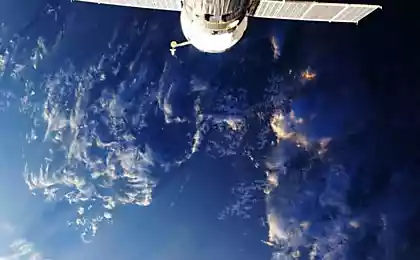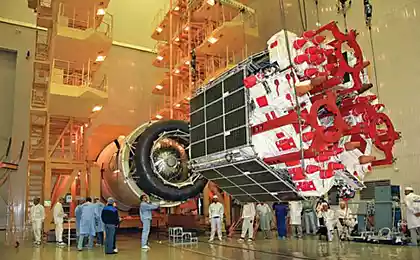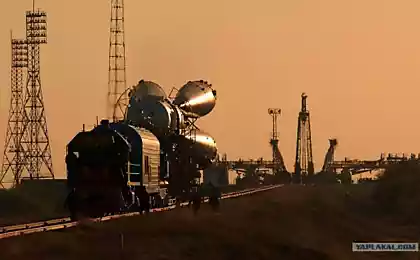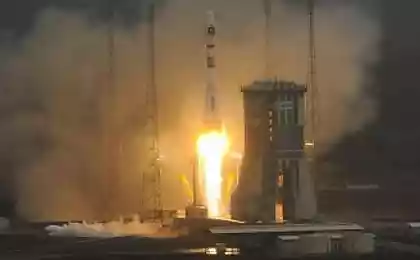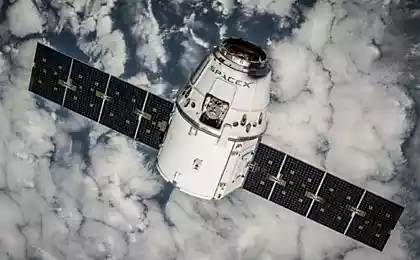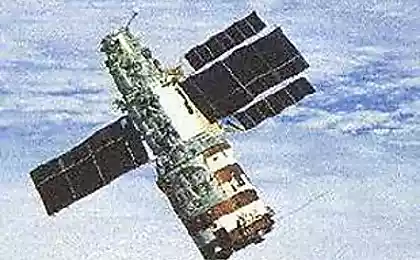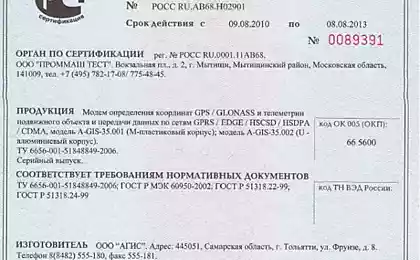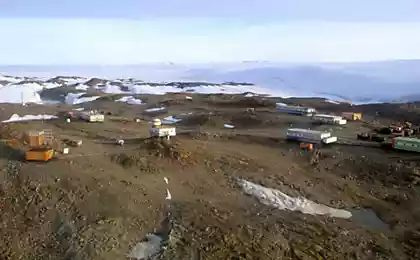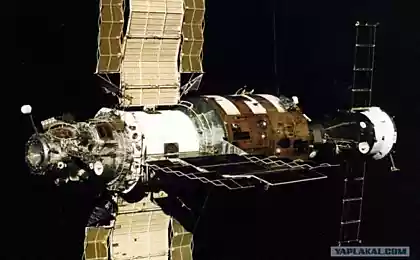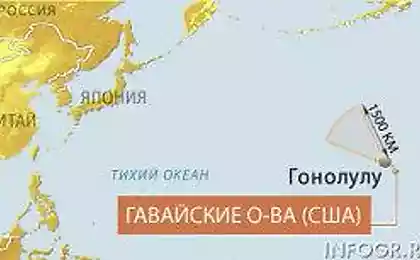796
Starting the "Soyuz-2.1b" with the satellite "Glonass-M"
Writes russos:
Well, true, another true idiot - and so soon they will not. Dream, not idiots called me on Thursday military_press and asked if I wanted to go tomorrow, that is, Friday, in Pletsesk on the missile launch. Of course I want! There is no need to even think. Since the military board were neponyatki, I sat down on a Friday night on the train from Moscow to Severodvinsk and on Saturday morning was already at the launch site.
Here it is necessary to clarify: to agents of hostile intelligence about anything not guessed, there is urban-type settlement of Plesetsk (terrible hole), there cosmodrome "Plesetsk", as well as - the city of "peace" in which they live, those who work and serves on Baikonur. The city, of course, is a closed city. About him I will have a separate small office. Although but a couple of thematic missile sites to watch him nothing.
The most interesting is in the forests of the Arkhangelsk region, where the 1st State Test Cosmodrome, better known as the cosmodrome "Plesetsk". The northernmost cosmodrome in the world dates back to January 11, 1957, when the Resolution of the Council of Ministers to establish a military facility with the code name "Angara". Baikonur was created as the first military units in the USSR missile regiments armed with intercontinental ballistic missile R-7 and R-7A. Formation of the compound began July 15, 1957. Now this day is celebrated as an annual celebration of the Plesetsk cosmodrome.
23 photos
1. MIC - assembly and testing facility. Here comes the final assembly of launch vehicle and spacecraft together. Hence the PH is transported to the launch pad. You see on the left a house with three pairs of wide windows? This vantage point - around him at the start are the guests and the press.
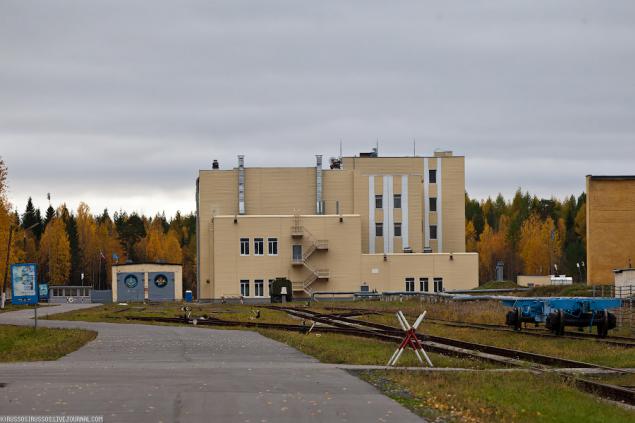
From 1957 to 1964 in the north as soon as possible it was built starting and technical positions and put on combat duty missiles with intercontinental ballistic missiles. In February 1959, the object "Angara" is transformed into "3rd Training artillery range." By the end of 1964 it was built, commissioned and put on combat duty four missile launchers R-7A, three launchers for missiles R-9A and seven launchers for missiles R-16U. In the early 1960s there was a necessity of expansion of space activities of the USSR.
In January 1963, the decision of the Central Committee of the CPSU and the USSR Council of Ministers created "Research Proving Ground missile and space weapons USSR Ministry of Defense" near the station Ilez Belsky district of Arkhangelsk region. In the summer of 1963 the leadership of the state is decided on the use of launch facilities in Plesetsk for launching spacecraft. Home cosmodrome laid March 17, 1966 launch rocket "Vostok-2" with the artificial earth satellite "Cosmos-112". In total from the Plesetsk launch site launches more than 1,600 rocket and put into orbit more than 1950 satellites, including military purposes. Tested and taken into operation 10 types of PH, 11 missiles, more than 30 types of spacecraft.
But back to the past extreme launch. It was the thirteenth launch of the carrier rocket "Soyuz-2" in the version of "1.b." All twelve previous ended with complete success. Read about the features of an advanced booster you can in Wikipedia.
Initially the start was planned for August 26, but after the accident, the carrier rocket "Soyuz-U" August 24 (the derivation of the calculated orbit transport spacecraft "Progress M-12M" refused third stage, and the ship was burned somewhere in the atmosphere) launch was rescheduled for the night of 1 October 2. However, due to the fact that the strength of the wind at a height of 7 to 10 kilometers while exceeding the established parameters (five times around: instead of 10 m / c - about 55 m / s), the decision of the State Commission launch of spacecraft "Glonass-M" with the Plesetsk cosmodrome was postponed because of weather conditions on the backup date - October 3rd. And in the afternoon I went to the 43rd pad Baikonur to watch the "Soyuz-2" installed on the launch pad.
2. PH taken out of Mika back first, and then push the locomotive to the launch pad. Guns to go back to the battle. So here, RN at the table goes back part forward.

3. Launch Complex №3. Hence it can run all the "Soyuz" but "Soyuz-2". But in the future it will also be upgraded by two.

4. And here is our beauty - "Soyuz-2.1b" with «Glonass-M".
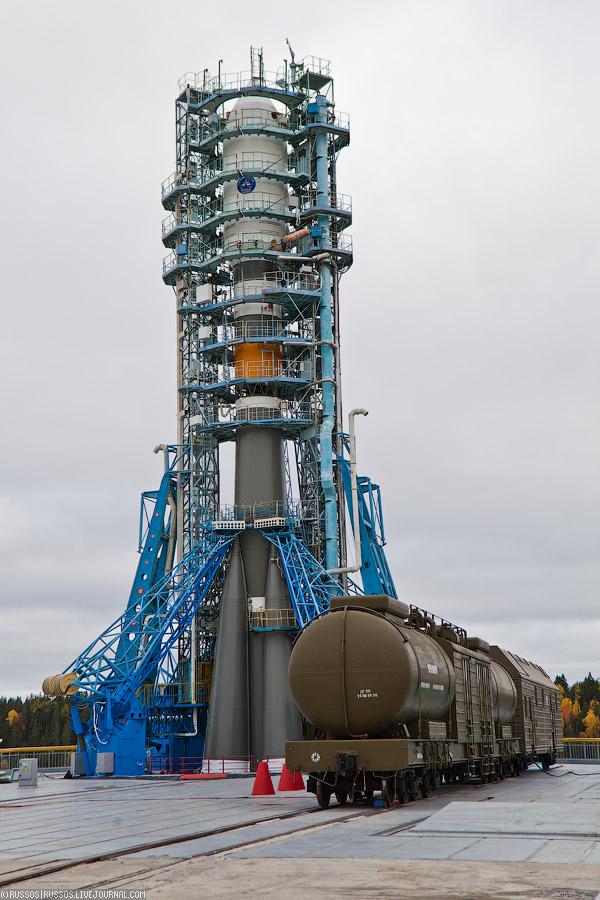
5. On Saturday, RN did not refueled. But now, if The State Commission will give a good night, a rocket three hours before the start will refuel kerosene and oxygen.
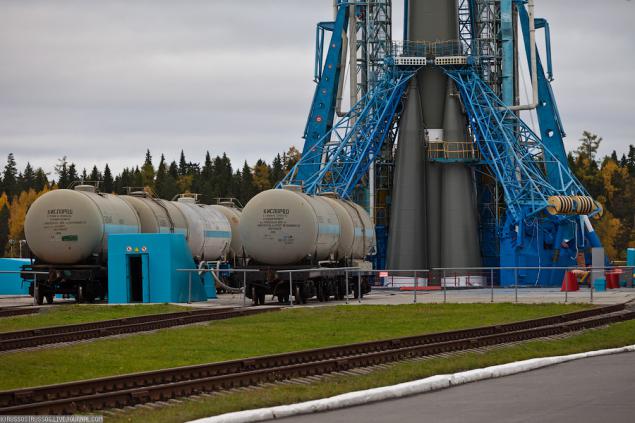
6. observation post near the launch pad. I understand that here is controlled by filling the rocket during launch there's nobody there.
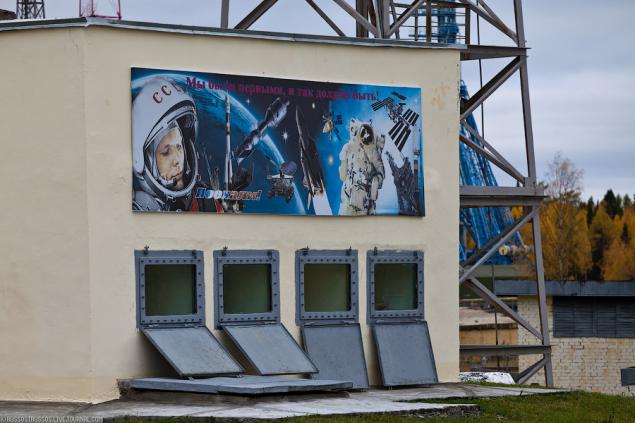
7. rocket fairing. Below that is the upper stage "Fregat" himself «Glonass-M".

8. In general, of course, affects the complex by the fact that the main ideas of this rocket were laid in the 50th year, when the king created the R-7 ICBM. Now the "Soyuz-2" - rather praprapravnuchka of the missiles, but the basic principles have remained the same design. By the way, remember that the output manned spacecraft from Baikonur by a "Soyuz-U" and "Soyuz-FG".

9. March 18, 1980 48 people were killed during filling and preparatory work by the explosion of a rocket "Vostok-2M", together with the satellite.
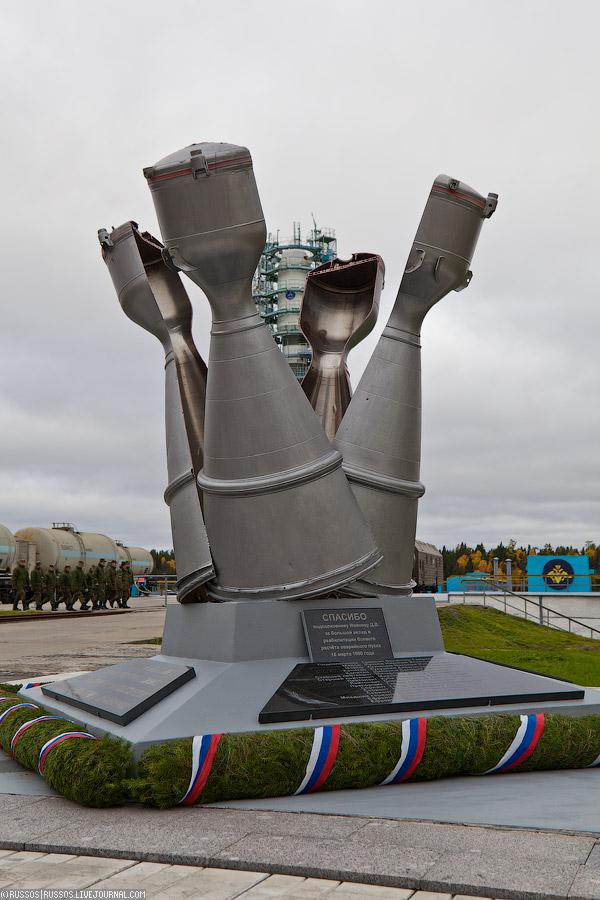
10.
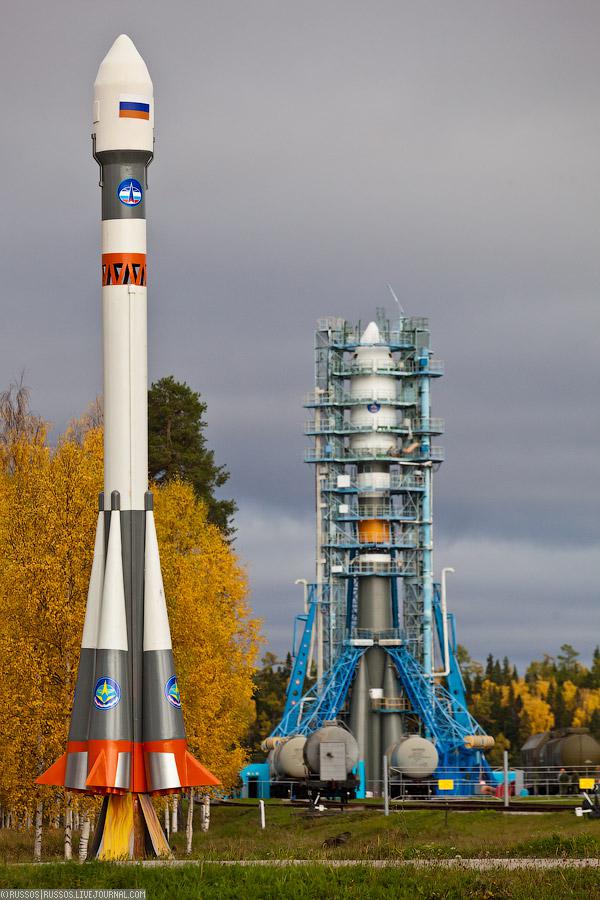
11. Panorama for those who like bigger.
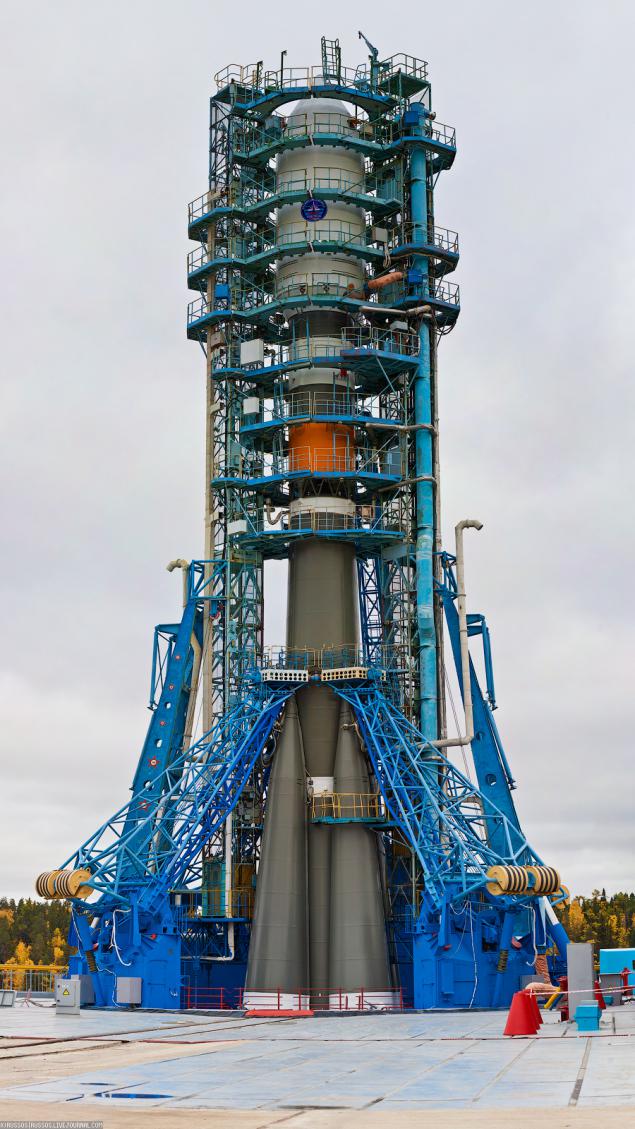
12. In the evening, the state commission gave its approval to refuel the rocket and launch. I arrived there in about an hour. For the rocket itself ineligible. Safety distance - 1500 meters.
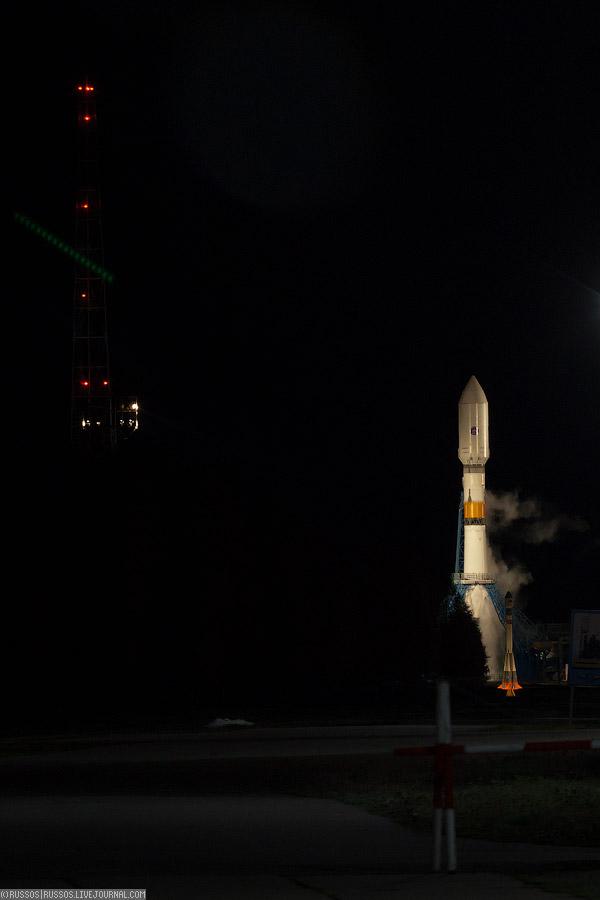
By long tradition, a few hours before the start of the commander of the combat crew propulsion Stage 3 (42 th issue of fighting calculation) on the snow "coat" of the stage (which is formed after filling the tank with liquid oxygen) writes the word talisman "TANYA". < br />
Night launch rocket - an incredibly beautiful spectacle. Following the outbreak, and the motor output of the first and second stage at full capacity it smoothly, but very quickly takes to the skies and rushes into its orbit. To my surprise, it is very quiet. I expected the sound of pressing on the diaphragm, spleen to fall off. But no - so light, noble roar, and the rocket already is seen as a bright point. No photos or video may not pass this magnificent spectacle.
13. Beside still hot start built a crew. The rocket left from the start - the work is done. And to take it to the tracking and telemetry will engage others.

14. They have now had another successful launch!
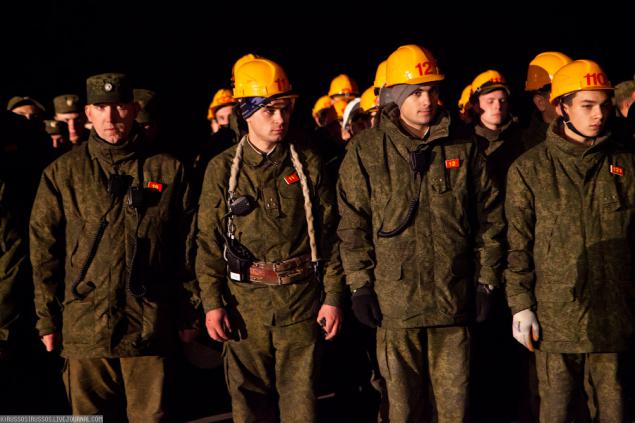
15. Commander presents gifts and memorials.
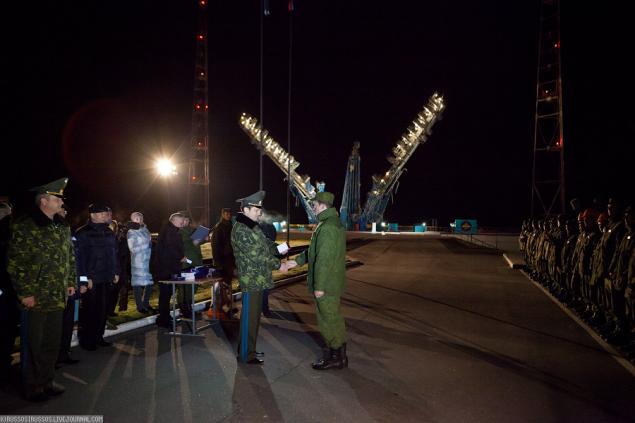
16. In the eyes of the children pride in their work - this is for them to start fighting.

17. I hope someday to see this incredibly beautiful sight again.

18. The chief of the cosmodrome, Major-General Alexander V. Golovko, for whom it was the first start-up in the role of chief.
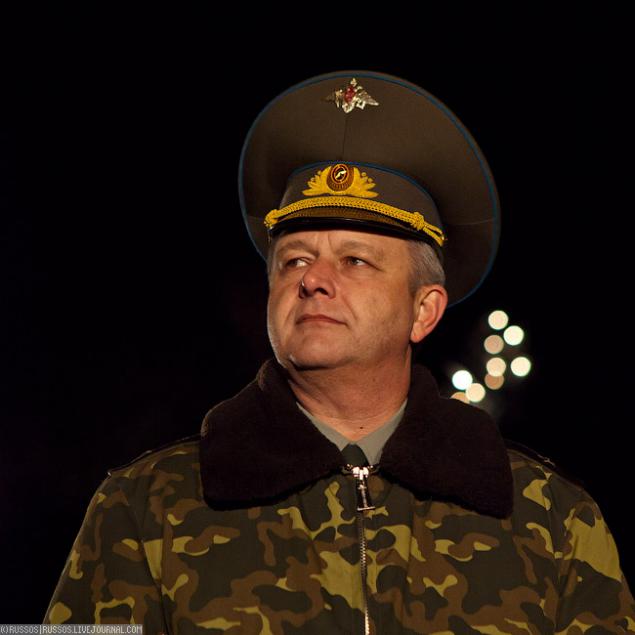
19. According to the Decree of the President of the Russian Federation dated October 3, 2002 October 4, the Day of Space Forces. Holiday timed to the launch of the first artificial Earth satellite, opened the annals of space exploration, including the military.
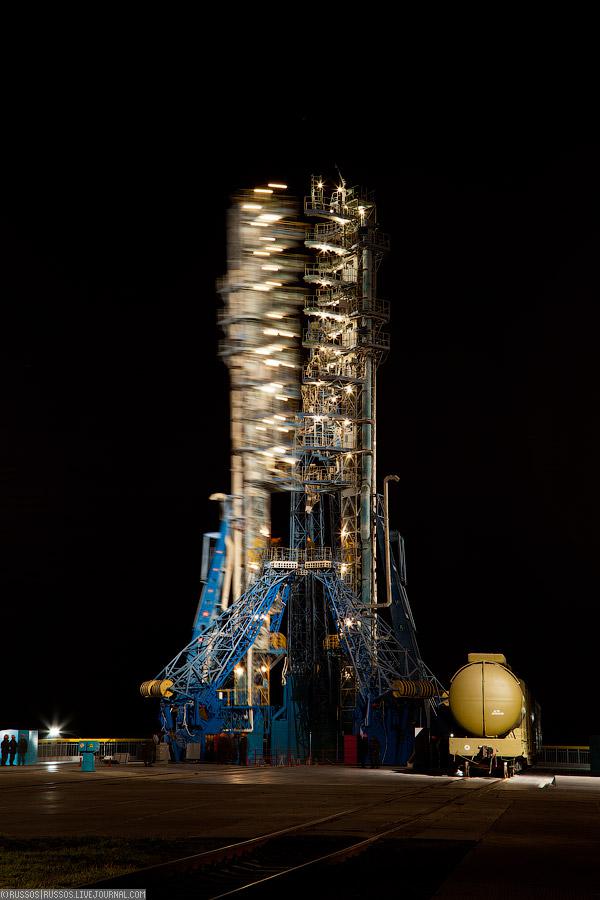
20. On 3 October at 00 hours and 15 minutes with MSK launch pad Plesetsk launch site 43 crews of the Space Forces of Russia with participation of specialists of space industry made a successful launch of a space rocket "Soyuz-2.1b" with the upper stage "Fregat" and space navigation apparatus "Glonass-M".
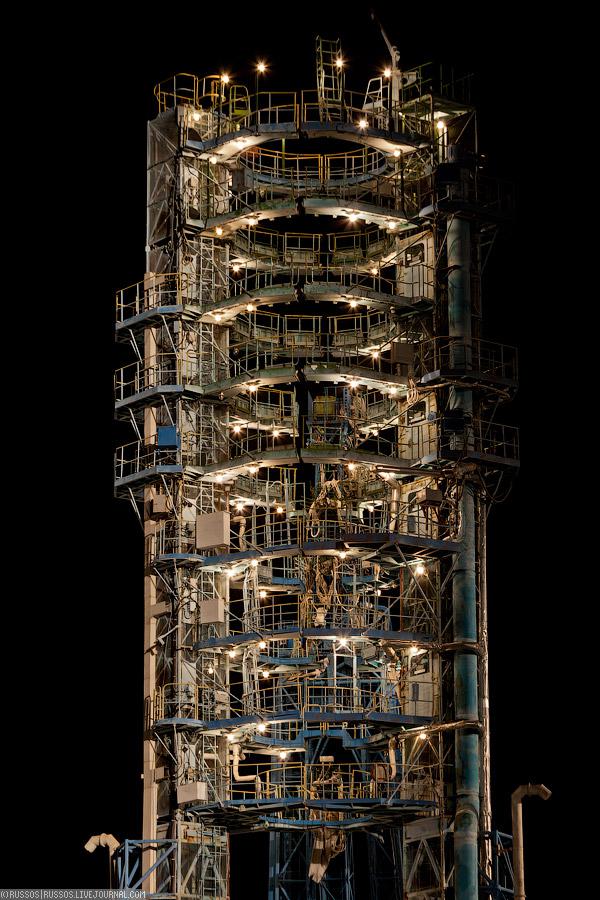
21. In 00 hours and 18 minutes pH is taken to support the means test center testing and control of space means to them. Titov.

22. In accordance with cyclogram launch spacecraft to the target orbit is 3 hours and 47 minutes MSK spacecraft "Glonass-M" cleanly separated from the upper stage and was taken to manage.
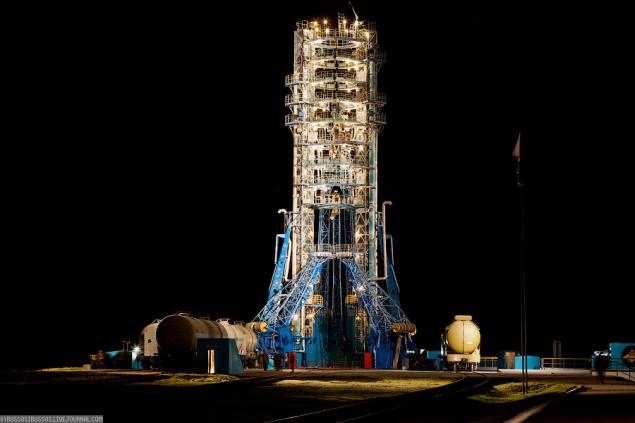
23. Now, the orbital group of satellites "Glonass" fully staffed. But the spacecraft still some time will fly in test mode, and only the end of the year will come into operation.
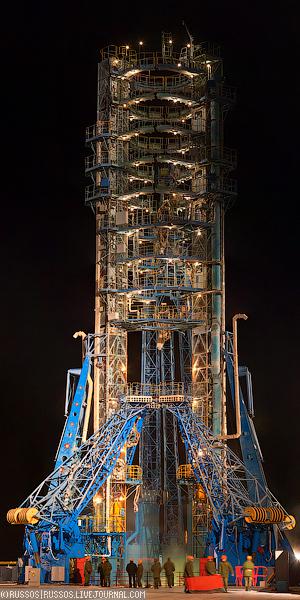
Source:
Well, true, another true idiot - and so soon they will not. Dream, not idiots called me on Thursday military_press and asked if I wanted to go tomorrow, that is, Friday, in Pletsesk on the missile launch. Of course I want! There is no need to even think. Since the military board were neponyatki, I sat down on a Friday night on the train from Moscow to Severodvinsk and on Saturday morning was already at the launch site.
Here it is necessary to clarify: to agents of hostile intelligence about anything not guessed, there is urban-type settlement of Plesetsk (terrible hole), there cosmodrome "Plesetsk", as well as - the city of "peace" in which they live, those who work and serves on Baikonur. The city, of course, is a closed city. About him I will have a separate small office. Although but a couple of thematic missile sites to watch him nothing.
The most interesting is in the forests of the Arkhangelsk region, where the 1st State Test Cosmodrome, better known as the cosmodrome "Plesetsk". The northernmost cosmodrome in the world dates back to January 11, 1957, when the Resolution of the Council of Ministers to establish a military facility with the code name "Angara". Baikonur was created as the first military units in the USSR missile regiments armed with intercontinental ballistic missile R-7 and R-7A. Formation of the compound began July 15, 1957. Now this day is celebrated as an annual celebration of the Plesetsk cosmodrome.
23 photos
1. MIC - assembly and testing facility. Here comes the final assembly of launch vehicle and spacecraft together. Hence the PH is transported to the launch pad. You see on the left a house with three pairs of wide windows? This vantage point - around him at the start are the guests and the press.

From 1957 to 1964 in the north as soon as possible it was built starting and technical positions and put on combat duty missiles with intercontinental ballistic missiles. In February 1959, the object "Angara" is transformed into "3rd Training artillery range." By the end of 1964 it was built, commissioned and put on combat duty four missile launchers R-7A, three launchers for missiles R-9A and seven launchers for missiles R-16U. In the early 1960s there was a necessity of expansion of space activities of the USSR.
In January 1963, the decision of the Central Committee of the CPSU and the USSR Council of Ministers created "Research Proving Ground missile and space weapons USSR Ministry of Defense" near the station Ilez Belsky district of Arkhangelsk region. In the summer of 1963 the leadership of the state is decided on the use of launch facilities in Plesetsk for launching spacecraft. Home cosmodrome laid March 17, 1966 launch rocket "Vostok-2" with the artificial earth satellite "Cosmos-112". In total from the Plesetsk launch site launches more than 1,600 rocket and put into orbit more than 1950 satellites, including military purposes. Tested and taken into operation 10 types of PH, 11 missiles, more than 30 types of spacecraft.
But back to the past extreme launch. It was the thirteenth launch of the carrier rocket "Soyuz-2" in the version of "1.b." All twelve previous ended with complete success. Read about the features of an advanced booster you can in Wikipedia.
Initially the start was planned for August 26, but after the accident, the carrier rocket "Soyuz-U" August 24 (the derivation of the calculated orbit transport spacecraft "Progress M-12M" refused third stage, and the ship was burned somewhere in the atmosphere) launch was rescheduled for the night of 1 October 2. However, due to the fact that the strength of the wind at a height of 7 to 10 kilometers while exceeding the established parameters (five times around: instead of 10 m / c - about 55 m / s), the decision of the State Commission launch of spacecraft "Glonass-M" with the Plesetsk cosmodrome was postponed because of weather conditions on the backup date - October 3rd. And in the afternoon I went to the 43rd pad Baikonur to watch the "Soyuz-2" installed on the launch pad.
2. PH taken out of Mika back first, and then push the locomotive to the launch pad. Guns to go back to the battle. So here, RN at the table goes back part forward.

3. Launch Complex №3. Hence it can run all the "Soyuz" but "Soyuz-2". But in the future it will also be upgraded by two.

4. And here is our beauty - "Soyuz-2.1b" with «Glonass-M".

5. On Saturday, RN did not refueled. But now, if The State Commission will give a good night, a rocket three hours before the start will refuel kerosene and oxygen.

6. observation post near the launch pad. I understand that here is controlled by filling the rocket during launch there's nobody there.

7. rocket fairing. Below that is the upper stage "Fregat" himself «Glonass-M".

8. In general, of course, affects the complex by the fact that the main ideas of this rocket were laid in the 50th year, when the king created the R-7 ICBM. Now the "Soyuz-2" - rather praprapravnuchka of the missiles, but the basic principles have remained the same design. By the way, remember that the output manned spacecraft from Baikonur by a "Soyuz-U" and "Soyuz-FG".

9. March 18, 1980 48 people were killed during filling and preparatory work by the explosion of a rocket "Vostok-2M", together with the satellite.

10.

11. Panorama for those who like bigger.

12. In the evening, the state commission gave its approval to refuel the rocket and launch. I arrived there in about an hour. For the rocket itself ineligible. Safety distance - 1500 meters.

By long tradition, a few hours before the start of the commander of the combat crew propulsion Stage 3 (42 th issue of fighting calculation) on the snow "coat" of the stage (which is formed after filling the tank with liquid oxygen) writes the word talisman "TANYA". < br />
Night launch rocket - an incredibly beautiful spectacle. Following the outbreak, and the motor output of the first and second stage at full capacity it smoothly, but very quickly takes to the skies and rushes into its orbit. To my surprise, it is very quiet. I expected the sound of pressing on the diaphragm, spleen to fall off. But no - so light, noble roar, and the rocket already is seen as a bright point. No photos or video may not pass this magnificent spectacle.
13. Beside still hot start built a crew. The rocket left from the start - the work is done. And to take it to the tracking and telemetry will engage others.

14. They have now had another successful launch!

15. Commander presents gifts and memorials.

16. In the eyes of the children pride in their work - this is for them to start fighting.

17. I hope someday to see this incredibly beautiful sight again.

18. The chief of the cosmodrome, Major-General Alexander V. Golovko, for whom it was the first start-up in the role of chief.

19. According to the Decree of the President of the Russian Federation dated October 3, 2002 October 4, the Day of Space Forces. Holiday timed to the launch of the first artificial Earth satellite, opened the annals of space exploration, including the military.

20. On 3 October at 00 hours and 15 minutes with MSK launch pad Plesetsk launch site 43 crews of the Space Forces of Russia with participation of specialists of space industry made a successful launch of a space rocket "Soyuz-2.1b" with the upper stage "Fregat" and space navigation apparatus "Glonass-M".

21. In 00 hours and 18 minutes pH is taken to support the means test center testing and control of space means to them. Titov.

22. In accordance with cyclogram launch spacecraft to the target orbit is 3 hours and 47 minutes MSK spacecraft "Glonass-M" cleanly separated from the upper stage and was taken to manage.

23. Now, the orbital group of satellites "Glonass" fully staffed. But the spacecraft still some time will fly in test mode, and only the end of the year will come into operation.

Source:


